|
DIXCO -
HTx7 Hood Tachometer - 8000 Rpm |
|
|
1970
Jeepster Commando Hurst |
| |
|
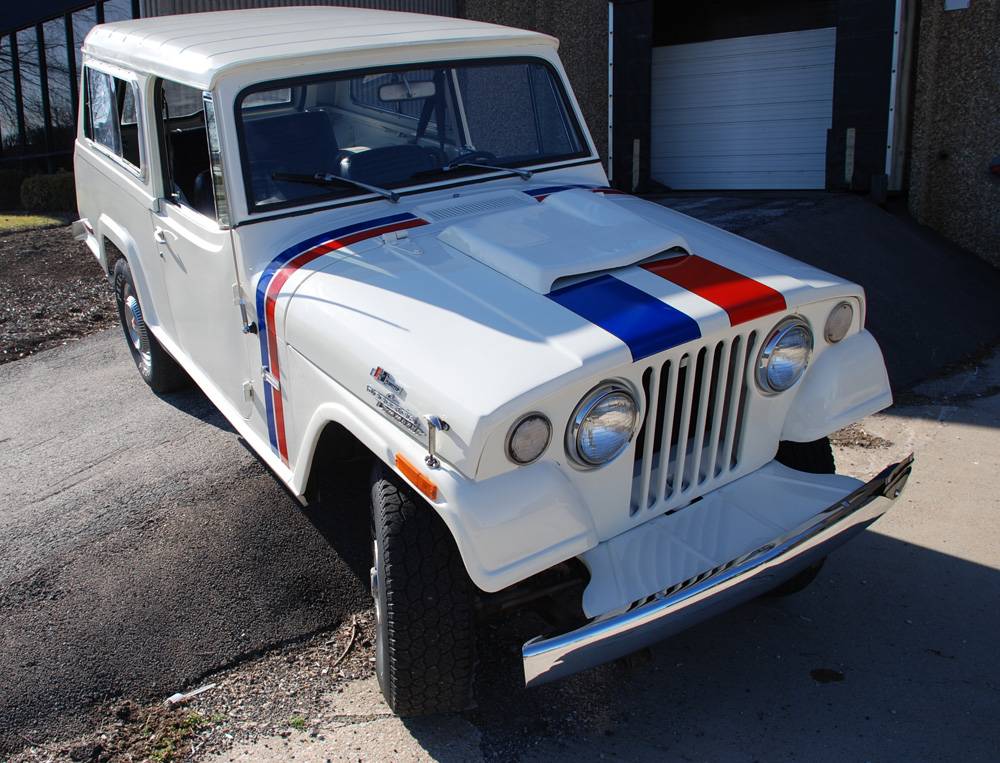 |
1970 Jeep Jeepster Information
The Jeepster
Commando is an automobile which was first produced by Kaiser Jeep in 1966
to compete with the International Scout, Toyota Land Cruiser and Ford Bronco.
Four different models were available: a pickup truck, convertible, roadster and
wagon. The Kaiser line remained in production until about 1969, when American
Motors Corporation (AMC) bought Kaiser in 1970. After AMC's acquisition, the
Jeepster Commando C101 (101" wheelbase) steadily grew in popularity. In 1972,
AMC shortened the vehicle's name to Commando C104, extended the wheelbase to
104", and changed the front-end design to accept the AMC I6 and V8 304ci,
similar to the Ford Bronco. The new configuration, formerly an AMC best seller,
quickly caused the line to drop in popularity and was taken out of production in
1973; it was replaced with the full size Cherokee. The Jeepster is an ancestor
of the modern Jeep family produced by Chrysler.
Special Jeepster Version HURST with DIXCO HT/x Hood Tachometer
In 1970 and 1971, HURST
produced a special version with an integrated
DIXCO HT/x Hood Tachometer. The price was about
$5000.
The starting point for the Hurst Jeepster was a custom-trim Jeepster station
wagon. Like all “second-generation” Jeepsters, four-wheel drive was standard
equipment. Buyers were offered a choice of transmissions-three-speed manual or
three-speed Hydra-Matic. Every Hurst Jeepster Special came equipped with Jeep’s
optional 160hp, 225-cu.in. two-barrel “Dauntless” V-6 (an engine originally
developed by Buick) plus 6-inch-wide steel wheels and Goodyear G70 x 15 custom
wide-tread tires with raised white letters (that’s what passed for
high-performance rubber back then). Standard equipment also included a roof rack
(how that was supposed to be sporty escapes us), full wheel covers, and a sport
steering wheel with brushed aluminum spokes. Bucket seats and a rear seat were
also standard equipment. According to reports, the seats were available in
black, blue or buckskin vinyl. The only body color available was Champagne
White, with red and blue stripes applied to the cowl and tailgate. Special Hurst
equipment included an 8,000-rpm tach mounted in an ABS housing set on the hood
directly in front of the driver’s line of sight, à la Pontiac, plus a Hurst
T-handle shifter on manual-transmission cars or a console-mounted Hurst
Dual-Gate shifter on the automatics that came straight out of the GTO. There
were also Hurst badges on the doors and hood sides. Every Hurst Jeepster was a
hardtop station wagon.
As far as performance goes, a
Hurst Jeepster really isn’t any different from any other V-6 Jeepster except, of
course, the wide wheels and tires make it handle a bit better. Like other
six-cylinder Jeepsters, the Hurst Jeepsters equipped with the automatic
transmission came with a 3:31 axle ratio, while the stick-shift cars got a 3.73
ratio.
Apparently this was the first
time Hurst ever tried to do its thing on a four-wheel-drive machine. Some time
later they turned out the special International Scout Shawnee models. Exactly
how many Hurst Jeepsters were built is unknown, but company officials mentioned
an initial production run of 500, and that figure was mentioned in at least one
article that appeared around the time the Hurst Jeepster debuted. Of the
projected 500 units, some 300 were to be equipped with the automatic and 200
with the manual gearbox. However, the book The Hurst Heritage estimates that
perhaps only 100 were actually built. Either way, these are exceptionally rare
vehicles.
Pictures from the '70 HURST Edition
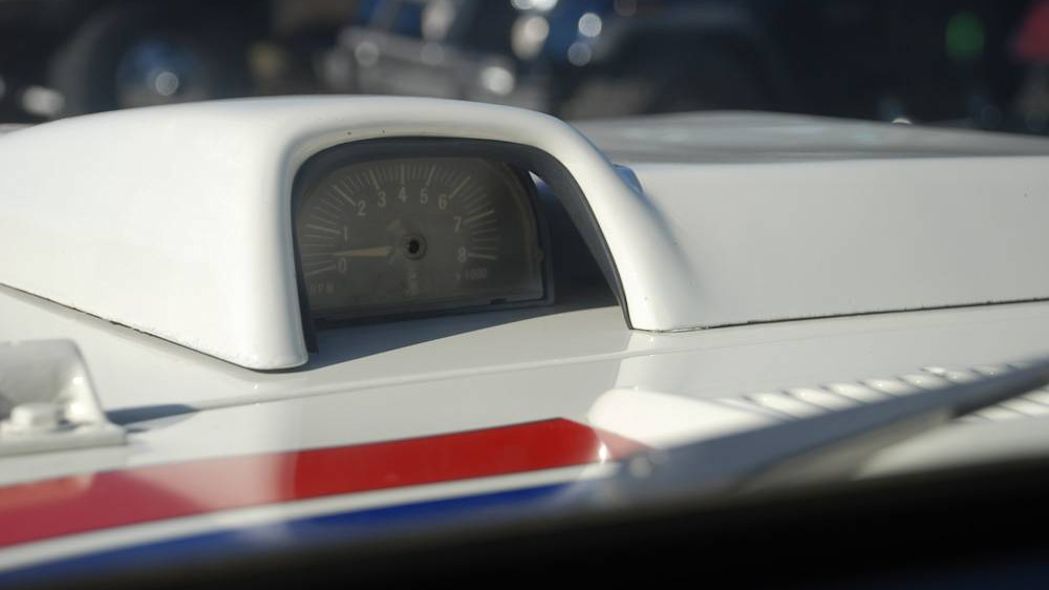
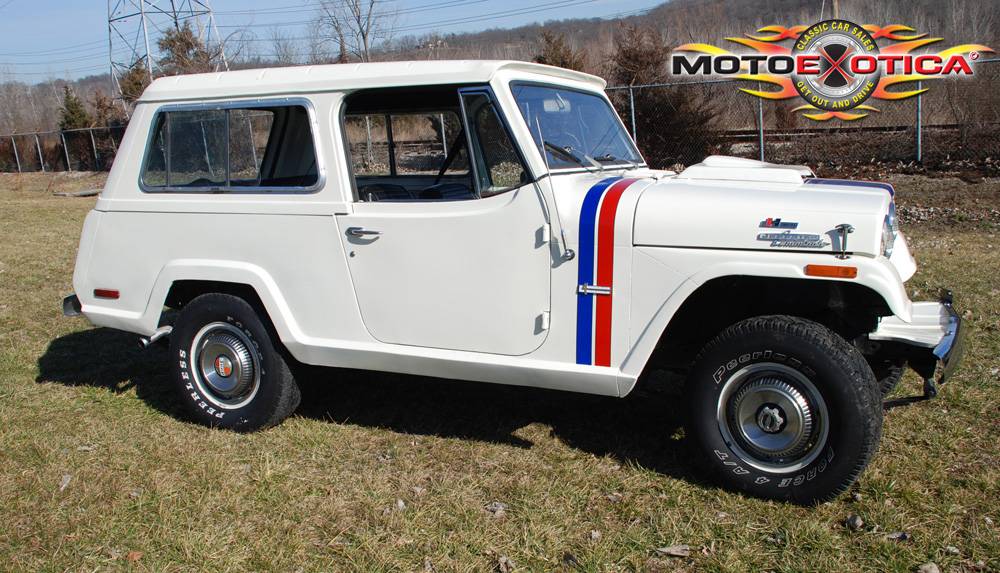
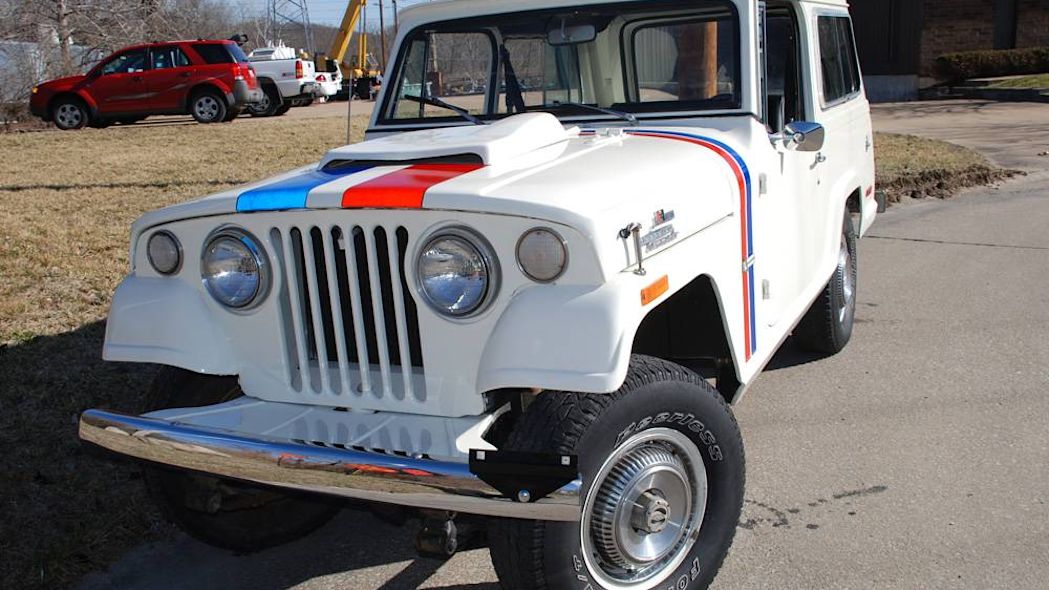
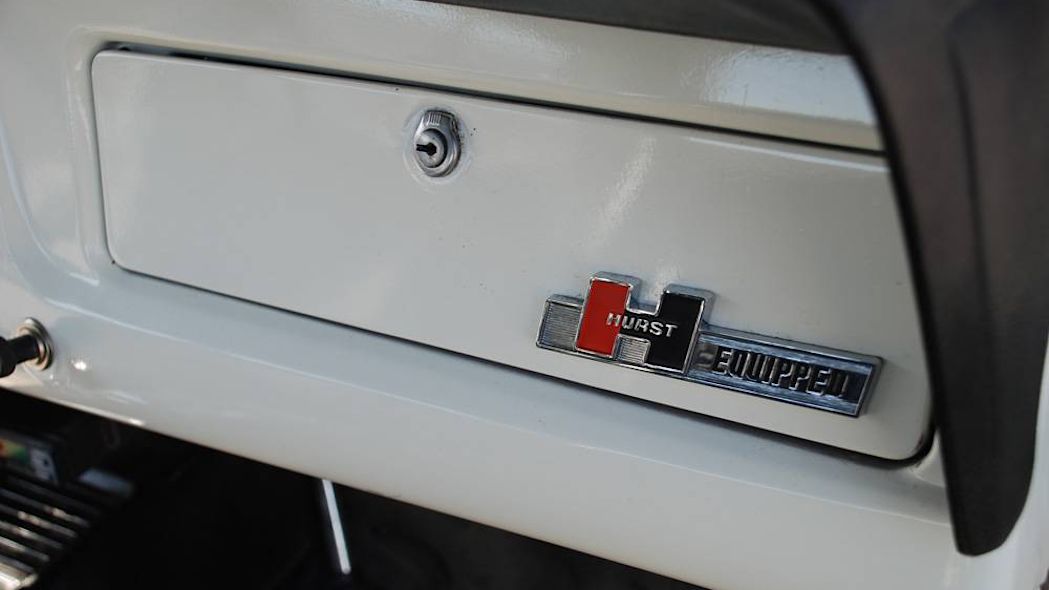
|